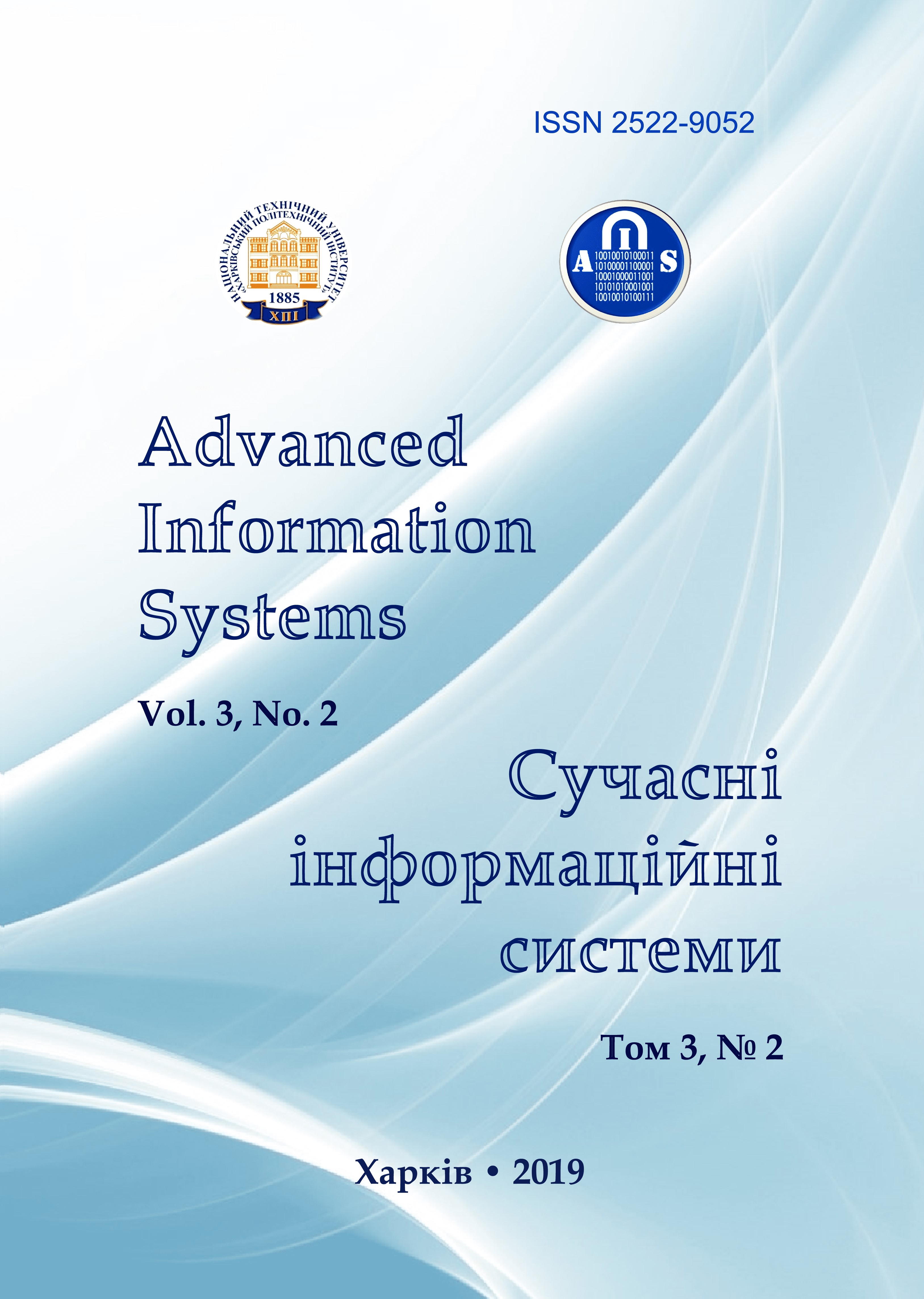BILINGUAL APPROACH TO FOREIGN STUDENTS MATH TEACHING IN THE KHARKIV NATIONAL UNIVERSITY NAMED AFTER V.N. KARAZIN
Main Article Content
Abstract
Article Details
References
Ministry of education and science (2013), Deeds of the nutritional organization of the recruitment and training (internship) of the earth and that without the help of the Ministry of Education and Science of Ukraine, Penalty dated 01.11.2013 No. 1541.
Savory, T.H. (1968), The act of translation, Jonathan Cape, London, 190 p.
Moschkovich, J. (2002), “A situated and sociocultural perspective on bilingual mathematics learners”, Mathematical thinking and learning, No. 4(2-3), pp. 189–212.
Clarkson, P.C. (1992), “Language and mathematics: A comparison of bilingual and monolingual students of mathematics”, Educational Studies in Mathematics, No. 23(4), pp. 417–429.
Davidson, N. (1990), Cooperative Learning in Mathematics: A Handbook for Teachers, Addison-Wesley Publishing Company, Inc., Addison-Wesley Innovative Division, 2725 Sand Hill Rd., Menlo Park, CA 94025.
Gomez, L., Freeman, D. and Freeman, Y. (2005), “Dual Language Education: A promising 50-50 model”, Bilingual Research Journal, Vol. 29, no. 1, pp. 145–164.
Moschkovich, J. (2007), “Using two languages when learning mathematics”, Educational studies in Mathematics, No. 64(2), pp. 121–144.
Lindholm, Leary K. and Howard, E. (2008), “Language development and academic achievement in two-way immersion programs”, TW Fortune & DJ Tedick (Eds.), Pathways to Multilingualism: Evolving Perspectives on Immersion Education, Oxford, UK, Blackwell, pp. 177–200.
Robertson, K. (2009), Math instruction for English language learners, Retrieved April, 21, avaivable at: https://ryzywa.ga/math-instruction-for-english.pdf
Setati, M. (2008), “Access to mathematics versus access to the language of power: The struggle in multilingual mathematics classrooms”, South African Journal of Education, No. 28 (1), pp. 103–116.
Moschkovich, J. (2012), “Mathematics, the Common Core, and language: Recommendations for mathematics instruction for ELs aligned with the Common Core”, Commissioned papers on language and literacy issues in the Common Core State Standards and Next Generation Science Standards, Stanford University, Stanford, CA 94305-3096, No. 94, pp. 17–30.
Donets, V., Kuchuk, N. and Shmatkov, S. (2018), “Development of software of e-learning information system synthesis modeling process”, Advanced Information Systems, Vol. 2, No 2, pp. 117–121, DOI: https://doi.org/10.20998/2522-9052.2018.2.20
Zykov, I., Kuchuk, N. and Shmatkov, S. (2018), “Synthesis of architecture of the computer transaction management system e-learning”, Advanced Information Systems, Vol. 2, No. 3, pp. 60-66, DOI: https://doi.org/10.20998/2522-9052.2018.3.10
Berdnik, P.G. (2018), “Interactive Augmentation of Learning Environment for International Students”, Opción, Vol. 34, pp. 1378-1399.
